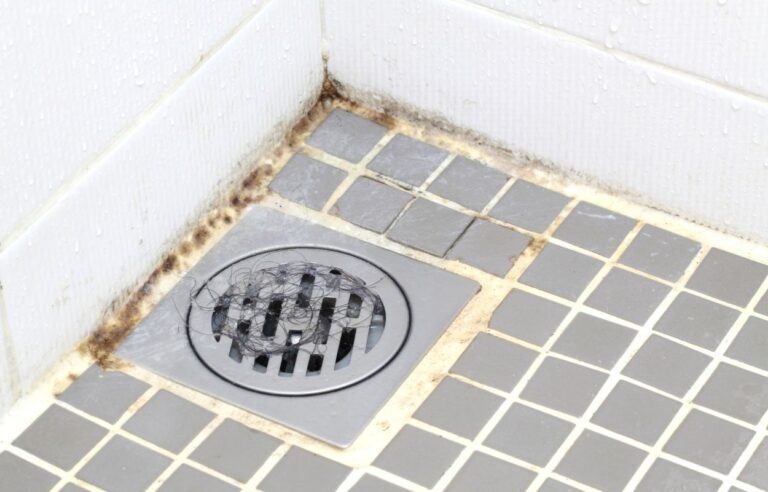When we think about fighting climate change, we often picture electric cars, solar panels, and recycling. But here’s the thing—there’s a lesser-known solution that can make a huge difference. It’s called deconstruction. And no, it’s not just a fancy word for demolition. Deconstruction is all about taking buildings apart piece by piece so we can reuse the materials. It’s like building in reverse—with purpose.
If you’ve never heard of it before, don’t worry. By the end of this blog, you’ll understand why deconstruction could be one of the most powerful tools we have to protect our planet. Especially in communities like Port Alberni, this approach has the potential to change the game.
WHAT EXACTLY IS DECONSTRUCTION?
Let’s start with the basics. Deconstruction is the process of carefully dismantling a building to preserve as many materials as possible. Instead of knocking it down and hauling everything to the landfill, workers remove items like wood, metal, windows, doors, and fixtures.
This method allows us to reuse valuable materials instead of creating more waste. Think about all the lumber, bricks, and hardware sitting inside older homes or commercial buildings. Much of it can be salvaged, resold, or even donated to organizations that give it a second life.
Compare that to traditional demolition, where most of the structure ends up in a landfill. Deconstruction is slower, sure. But the environmental payoff is worth it.
THE CONNECTION BETWEEN BUILDINGS AND CLIMATE CHANGE
Here’s a fact that surprises a lot of people: buildings are responsible for a massive portion of global emissions. From the energy used to make construction materials to the carbon released during demolition, the building industry has a major carbon footprint.
In fact, building materials like concrete, steel, and glass are incredibly energy-intensive to produce. Every time we toss them into a landfill and order new ones, we add more emissions to the atmosphere.
This is where deconstruction comes in. By reusing materials, we cut down on the need to produce new ones. That means less mining, less manufacturing, and fewer emissions. And every little bit counts when it comes to climate change.
WHY LANDFILLS ARE PART OF THE PROBLEM
It’s easy to forget that landfills don’t just hold trash—they also release harmful greenhouse gases. When wood and other organic materials break down in landfills, they produce methane. Methane is a powerful greenhouse gas. In fact, it traps heat over 25 times more effectively than carbon dioxide.
By choosing deconstruction over demolition, we reduce the amount of material going into landfills. That helps slow down the production of methane and makes a real difference in the fight against climate change.
SAVING TREES BY REUSING WOOD
One of the biggest benefits of deconstruction is the ability to save and reuse wood. Many older buildings were made with old-growth lumber—strong, dense, and often better quality than what you’ll find today.
When you salvage that wood, you don’t just save money. You also reduce the demand for cutting down new trees. And as we all know, trees are a critical part of fighting climate change. They absorb carbon dioxide and help clean the air we breathe.
So every time we reuse a beam, plank, or post, we’re helping preserve forests. That’s a win for us and the planet.
CREATING JOBS AND SUPPORTING LOCAL COMMUNITIES
Deconstruction doesn’t just help the environment—it also creates local jobs. Unlike demolition, which is fast and machine-heavy, deconstruction is labor-intensive. That means more hands on deck and more opportunities for workers to develop valuable skills.
Local businesses offering deconstruction services in Port Alberni are already playing a role in this shift. They’re not only reducing waste but also training workers in green building practices. And when you support those companies, you help grow a sustainable economy in your own backyard.
REDUCING THE DEMAND FOR NEW MATERIALS
Here’s another way deconstruction helps the environment—it reduces the need to produce new construction materials. Manufacturing new materials burns fossil fuels and uses up natural resources. It also releases carbon dioxide into the atmosphere.
If builders can get their hands on salvaged materials instead, they can save money and lower their carbon impact. This is especially true in smaller communities like Port Alberni, where hauling in new supplies can be costly and energy-intensive.
By using reclaimed wood, fixtures, and bricks, builders create greener homes and reduce their reliance on the global supply chain. That’s a smart move, especially as we face rising costs and environmental challenges.
TACKLING EMBODIED CARBON HEAD-ON
There’s a term you’ll hear more and more in the world of sustainable building: embodied carbon. This refers to all the carbon emissions associated with producing and transporting building materials. Once those materials are in place, their carbon cost is locked in.
The only way to lower that number? Use materials that already exist. That’s where deconstruction truly shines. By keeping valuable materials in circulation, we avoid the carbon costs tied to new production. That’s a direct blow to climate change—and it’s one we can control.
MAKING IT EASIER FOR EVERYONE TO PARTICIPATE
One of the coolest things about deconstruction is that it’s not just for giant buildings. Homeowners, developers, and contractors can all choose to deconstruct instead of demolish.
And it’s getting easier. More companies now offer deconstruction services in Port Alberni, making this eco-friendly option accessible to more people. Some municipalities even provide tax incentives or grants for those who choose to deconstruct rather than demolish. That means you might even save money while helping the environment.
CHANGING HOW WE THINK ABOUT BUILDINGS
Deconstruction helps us think differently about the built environment. Instead of seeing buildings as disposable, we begin to view them as valuable sources of materials. It’s a mindset shift—and it’s one that aligns with how nature works.
In nature, nothing is wasted. Everything gets reused, repurposed, or broken down into something useful. Deconstruction follows that same principle. It keeps materials in use and keeps carbon out of the atmosphere.
THE FUTURE LOOKS BRIGHT (AND GREEN)
Climate change is a big challenge, and there’s no single solution. But when we combine efforts—using renewable energy, improving efficiency, and rethinking how we build—we can make a real impact.
Deconstruction may not be flashy, but it’s powerful. It quietly transforms waste into opportunity and buildings into resources. It supports communities, creates jobs, and fights climate change one beam at a time.
If you’re planning to tear down a structure, consider going the greener route. Reach out to local experts offering deconstruction services in Port Alberni and see how you can be part of the solution.
Because sometimes, the best way forward is to take things apart—carefully, thoughtfully, and with the planet in mind.





